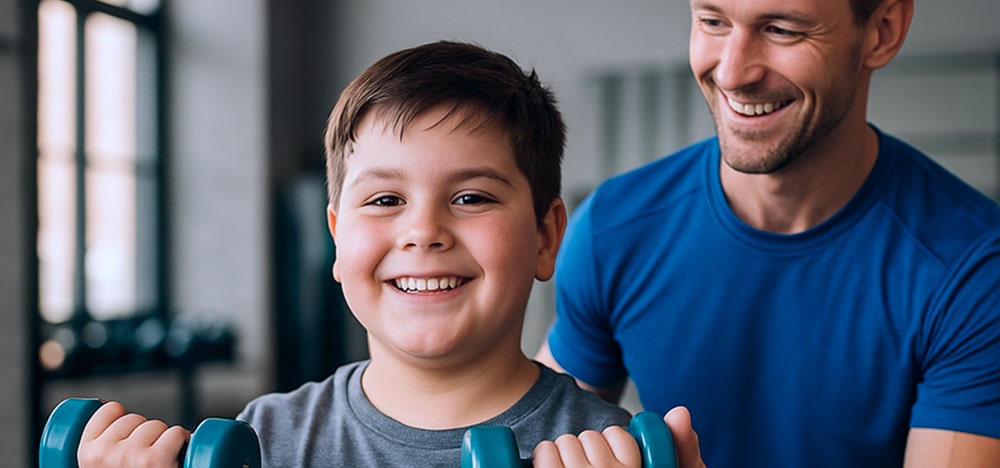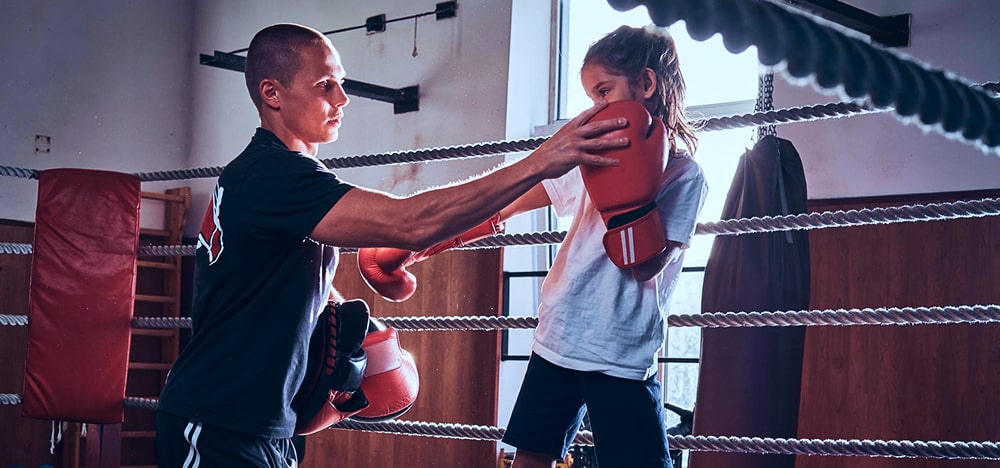The Hard Truth
In a study of 31,770 U.S. adolescents, overweight and obese students were significantly more likely to be bullied than their healthy-weight peers. PMC
Teachers often (unconsciously) give kids in larger bodies less positive feedback and fewer speaking turns, compounding the stigma. Teen Vogue
Weight bias isn’t just peer-to-peer—it’s systemic. Here’s what to do if you’re the
target or the witness.
If It’s Happening to You
Own Your Space
Power posture raises testosterone and lowers cortisol in two minutes— yes, even for kids.
Use a Boundary Phrase
“Comments about my body aren’t okay. Stop.” Say it once, then disengage.
Find an Ally
That could be a friend, coach, or Bully Proof instructor who will back you up publicly.
If You See It Happening
Re-route the Conversation: “Let’s talk about the game, not bodies.”
Invite Participation: Ask the target to join your group project or lunch table. Inclusion undercuts isolation.
Report Up: Weight bias violates most school anti-bullying policies—use them.
Fitness as Armor, Not Punishment
Exercise improves mood within 15 minutes and builds visible confidence fast. But shaming kids into workouts backfires.
Our Bully Proof Fitness program reframes movement as a super-skill, not calorie punishment:
Skill-Based Goals (master a kick, not drop a pound)
Gamified Progress (belt levels instead of weigh-ins)
Community Wins (celebrate effort over size)
Nutrition Without Judgment
Kids teased about weight are 2.7 times more likely to binge-eat. ScienceDirect We coach families to shift language from “diet” to “fuel” and teach grocery-store missions that let kids pick colorful, energy-rich foods.
How Bully Proof Solves the Weight-Bias Problem
Parent Workshops—conversation scripts to shut down body-shaming at home.
Teacher Toolkits—lesson slides that frame health as strength, not size.
Certified Locations—safe spaces where all bodies train side-by-side.
Download the Parent Guide or find a certified Bully Proof location at BullyProofLife.com/parent-guide



